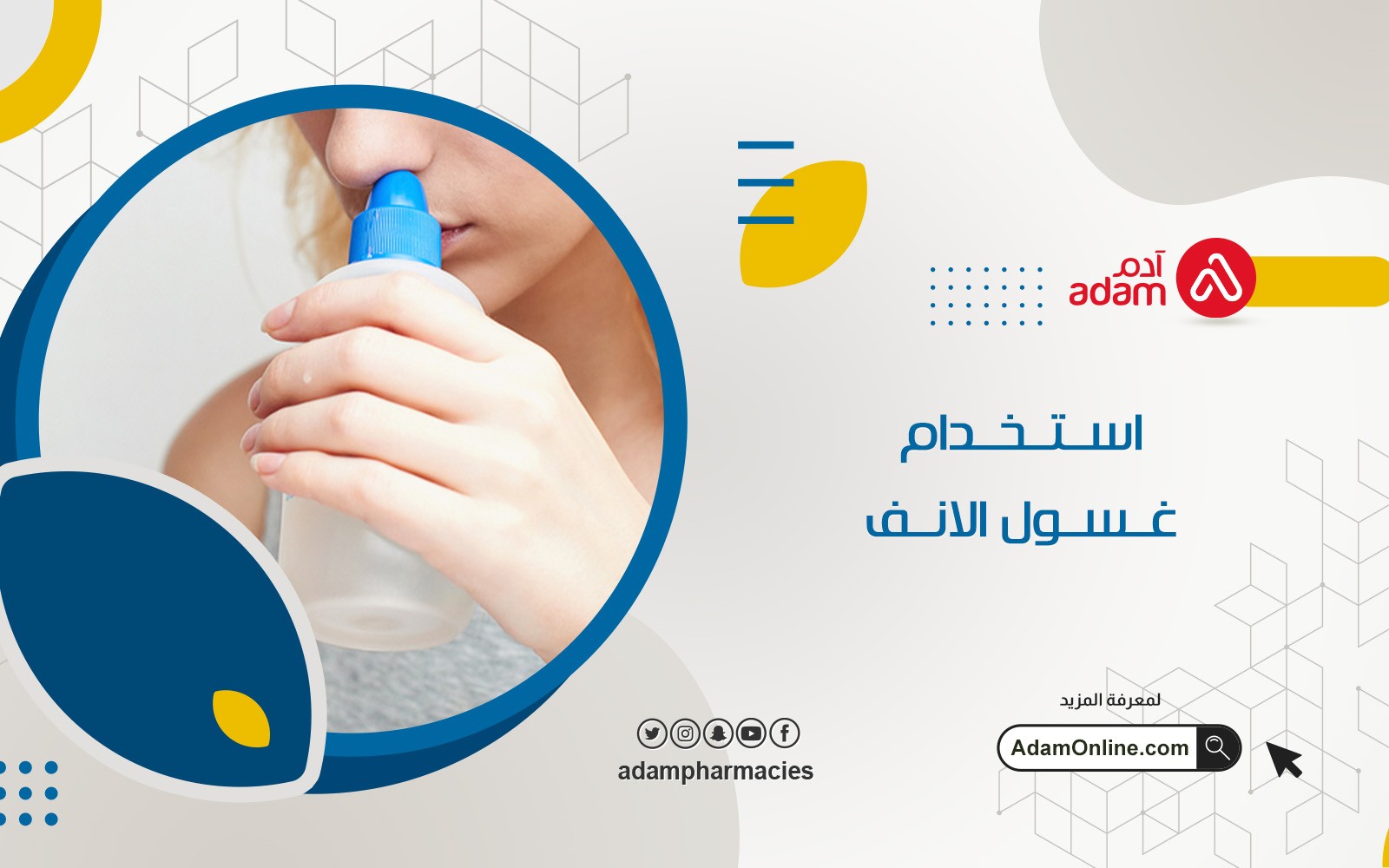Use of nasal rinse

can help clear nasal the nasal passages by clearing out allergens and mucus while also moisturizing the mucous membranes.
The study, conducted by the National Library of Medicine in India, confirmed that nasal washing is an effective adjuvant treatment for allergic rhinitis because it promotes clearing of the ciliary mucosa by moistening the nasal cavity and removing material covering it and can help treat nasal congestion caused by allergic rhinitis, colds and allergies.
How to clean the sinuses quickly step by step
Here's how to use a nasal wash and clean the sinuses quickly, through the following steps:
- Stand and place the head over the sink and tilt to one side.
- Using a squeeze bottle or sinus cleaner, the saline solution is slowly squeezed into the upper nostril.
- Allow the solution to pass into the other nostril from the inside.
- At this time breathe through the mouth, not the nose.
- Repeat the same steps on the other side.
- Be careful not to get water behind the throat.
- Gently remove the mucus from the nose with a tissue.
Otosan Nasal
Cleansing Salt Solution Otosan Nasal Cleansing Salt does not contain preservatives or chemicals, so it is safe and hygienic for the nasal cavity and does not cause irritation.
This kit helps prevent and relieve nasal congestion associated with colds, seasonal flu, seasonal allergies, dryness, daily pollution, nasal cavity irritation as well as congestion associated with pregnancy.
Ingredients:
Contains Hyaluronic Acid for Moisturizing, and Sodium Bicarbonate.
How to use: Fill the bottle with lukewarm water to the indicated mark. Empty one sachet of salt. Shake well to dissolve the salt. Gently press to release the solution into the nose.
Warnings: Not suitable for children under 5 years old
. Important tips before using a nasal rinse
. Here are some tips to avoid the risks of cleaning theSinus with saline solution:
- Wash hands before performing the method of cleaning sinuses quickly with saline solution: so as not to transfer any bacteria or germs to the nose.
- Do not use tap water: It is recommended to use distilled water, boiled water after it has cooled, or mineral water.
- Use a clean squeeze bottle: Make sure the squeeze bottle is clean before you put the solution in, and wash it well after you've finished cleaning.
- Use lukewarm water: Avoid using cold or hot water, as this may cause damage to the nose.
- Not using this method in some cases: waiting for recovery; Because the saline solution may cause more irritation and inflammation in the sinuses, these conditions include:
- A wound on the face.
- Problems with the muscles and structure of the nose.
- Do not add too much salt to warm water when making the mixture at home: it does not cause health risks.
How often should the sinuses be cleaned?
In the case of sinusitis, it is recommended to clean it once a day during the onset of symptoms and can be repeated up to three times a day if symptoms persist.
But the repetition should not be too much; Because it may cause negative effects on the mucous membrane that drains into the nasal passages and sinuses.





























